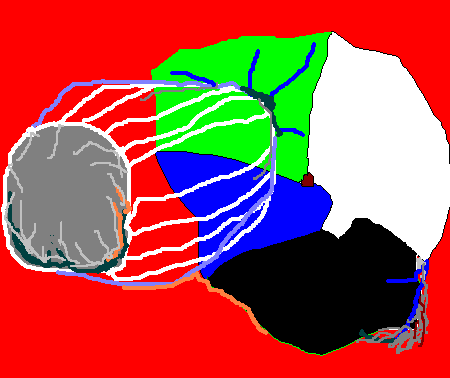...from Holland Cotter in his New York Times review of the 2010 Whitney Biennial. Some of these remarks are taken out of context (what sounds like a cut might be ameliorated with praise elsewhere) but the overall tone of snippy boredom is fairly accurate. Given Robert Williams' extreme, er, sensitivity to his pop culture roots, being called "the cartoon artist Robert Williams" for his big moment in the sun has gotta hurt.
"[t]he museum...can claim credit for a solid and considered product"
"Two mural-size photographs by James Casebere...have the trippy glow of Claritin ads"
"Small gouaches by the cartoon artist Robert Williams"
"Pictures by Sarah Crowner are basically Op Art folded and stitched"
"Scott Short elaborates on a production process Franz Kline used 60 years ago"
"[a]bstraction’s old content — utopian ideals, personal expression — is squeezed out... What’s left? Décor? Expensive busywork?"
"Lorraine O’Grady...rais[es] issues of race, class and the highly ambivalent nature of beauty that the new abstraction ignores"
"Exactly what the Bruce High Quality artists had in mind I don’t know, but maybe it doesn’t matter. In any case, they’re already on to something else"
"In the end it was video along with photography...that made the show tick for me"
"And there’s one example of Conceptual Art still to come. It’s by Michael Asher, and it consists of keeping the Whitney open around the clock just before the Biennial ends in late May. Mr. Asher was originally told his piece would last a week, but the museum, for budgetary reasons, has cut it back to three days"

